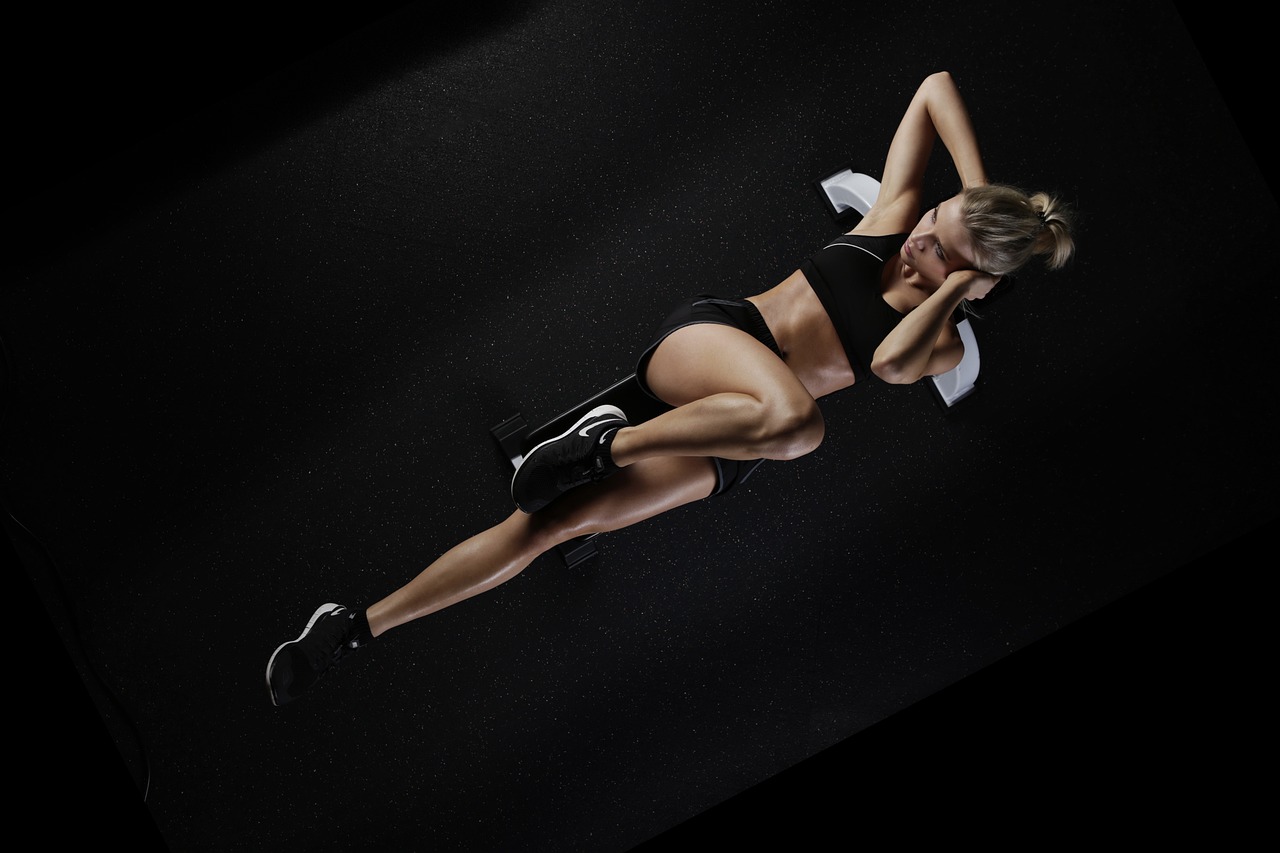
When it comes to weight loss, the journey can be challenging for anyone. But for those with disabilities, it can be an even more daunting task. However, with the right mindset and approach, it is possible to achieve significant results. Empowering workouts designed specifically for individuals with disabilities can help them reach their weight loss goals and improve their overall well-being. These workouts not only focus on physical activity but also on building strength, endurance, and confidence. In this article, we will explore some of the most effective empowering workouts for disabled weight loss and how they can transform lives.
1. Breaking Barriers:
As the world becomes more inclusive, disabled individuals are no longer left out of the fitness scene. With the right support and equipment, they can achieve their weight loss goals and improve their overall health. Here are some ways to break barriers and empower workouts for disabled weight loss:
- Adaptive equipment: There are a variety of adaptive equipment available that can help disabled individuals perform exercises safely and effectively. For example, seated ellipticals and hand cycles can provide a low-impact cardiovascular workout for those with mobility limitations.
- Personalized training: Working with a personal trainer who specializes in disability fitness can make a world of difference. They can create a customized workout plan that takes into account the individual’s specific needs and abilities.
- Group classes: Joining a group class can be a great way to stay motivated and meet like-minded individuals. Look for classes that are specifically designed for disabled individuals, such as wheelchair yoga or adaptive dance.
It’s important to remember that weight loss should not be the sole focus of a fitness routine. Exercise can also improve strength, flexibility, and overall well-being. By breaking down barriers and empowering workouts for disabled individuals, we can create a more inclusive and healthier society.
2. Overcoming Obstacles: Fitness Routines for Disabled Individuals
For individuals with disabilities, finding the right fitness routine can be challenging. However, with the right mindset and support, it is possible to overcome obstacles and achieve fitness goals. Here are some tips and exercises that can help:
- Consult with a medical professional: Before starting any new fitness routine, it is important to consult with a medical professional to ensure that it is safe and appropriate for your individual needs and abilities.
- Find a supportive community: Joining a community of individuals with similar disabilities can provide a sense of belonging and support. Look for local groups or online forums to connect with others who share your interests.
- Focus on what you can do: Instead of focusing on limitations, focus on what you can do. Everyone has different abilities, and it is important to celebrate and build upon those strengths.
Some exercises that can be adapted for individuals with disabilities include:
- Chair yoga: Yoga can be adapted to be done from a seated position, making it accessible for individuals with mobility limitations. Chair yoga can help improve flexibility, balance, and strength.
- Resistance band training: Resistance bands can be used to provide resistance for strength training exercises. They are lightweight, portable, and can be adapted to fit a variety of abilities.
- Water aerobics: Water aerobics can be a low-impact way to improve cardiovascular fitness and strength. The buoyancy of the water can also help reduce the risk of injury.
3. Pushing Limits: Effective Workouts for Disabled Weight Loss
When it comes to weight loss, physical activity is crucial. However, for people with disabilities, finding effective workouts can be a challenge. But that doesn’t mean it’s impossible. With the right modifications and adaptations, people with disabilities can push their limits and achieve their weight loss goals.
Here are some effective workouts for disabled weight loss:
- Aqua aerobics: Water provides a low-impact environment that’s gentle on the joints. Aqua aerobics can help people with disabilities burn calories and improve cardiovascular health.
- Resistance training: Strength training can help people with disabilities build muscle and burn fat. Resistance bands, weights, and machines can be modified to accommodate different abilities.
- Chair yoga: Yoga can improve flexibility, balance, and strength. Chair yoga is a modified form of yoga that can be done while seated or using a chair for support.
Remember, the key to successful weight loss is consistency. Find a workout routine that works for you and stick to it. And always consult with your doctor or a certified fitness professional before starting any new exercise program.
4. Empowering Your Body: Fitness Strategies for Disabled Individuals
Living with a disability can present unique challenges when it comes to staying physically fit. However, with the right strategies and mindset, anyone can empower their body and achieve their fitness goals. Here are some tips and techniques to help disabled individuals stay active and healthy:
- Find the right workout routine: Depending on your disability, certain exercises may be easier or more difficult than others. Consult with a physical therapist or personal trainer to create a customized workout plan that meets your needs and abilities.
- Stay consistent: Consistency is key when it comes to fitness. Make a schedule and stick to it, even if it means starting with just a few minutes of exercise a day and gradually increasing over time.
- Try adaptive sports: There are many adaptive sports and activities available for disabled individuals, such as wheelchair basketball, adaptive skiing, and swimming. These can be a fun and engaging way to stay active and meet new people.
In addition to these strategies, it’s important to remember that fitness is not just about physical health, but also mental and emotional well-being. Don’t be afraid to seek support from friends, family, or a mental health professional if needed. With determination and a positive attitude, disabled individuals can achieve their fitness goals and lead a healthy, active lifestyle. In conclusion, empowering workouts for disabled weight loss are not only beneficial for physical health, but also for mental well-being. It is important to remember that everyone’s journey is unique and progress may look different for each individual. However, with the right mindset and support, anyone can achieve their weight loss goals. By focusing on what the body can do rather than what it cannot, individuals with disabilities can take control of their health and feel empowered in their fitness journey. So, let’s continue to break down barriers and create inclusive spaces where everyone can thrive and reach their full potential.

